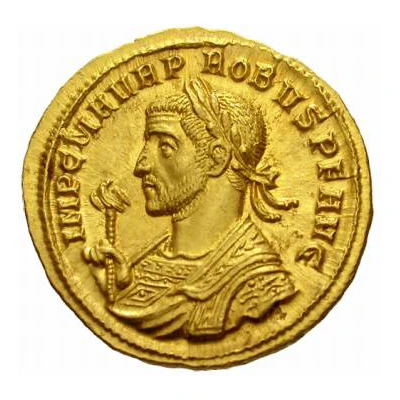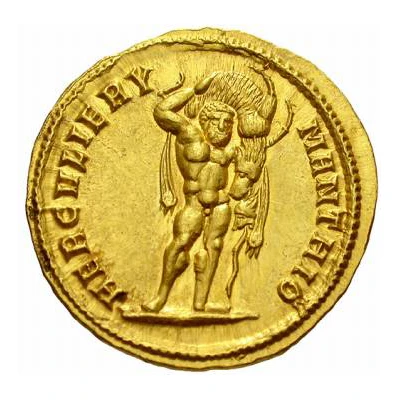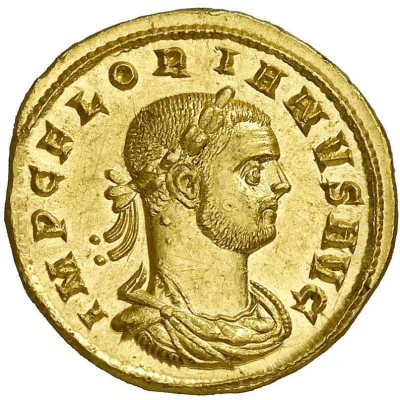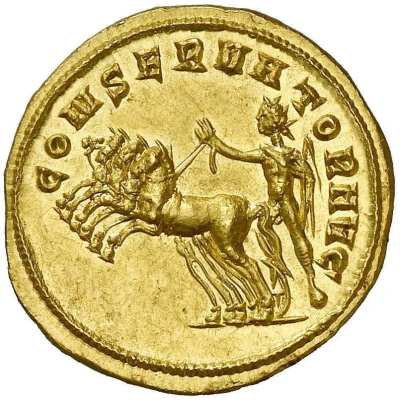


© Roma Numismatics Limited
Aureus - Probus HERCVLIERY MANTHIO; Siscia
| Gold | 6 g | 22 mm |
| Issuer | Rome › Roman Empire (27 BC - 395 AD) |
|---|---|
| Emperor | Probus (Marcus Aurelius Probus) (276-282) |
| Type | Standard circulation coin |
| Years | 276-282 |
| Value | Aureus (25⁄2) |
| Currency | Antoninianus, Reform of Caracalla (AD 215 – 301) |
| Composition | Gold |
| Weight | 6 g |
| Diameter | 22 mm |
| Shape | Round (irregular) |
| Technique | Hammered |
| Orientation | Variable alignment ↺ |
| Demonetized | Yes |
| Updated | 2024-10-05 |
| Numista | N#195382 |
|---|---|
| Rarity index | 100% |
Reverse
Hercules standing right, carrying the Erymanthian boar over his shoulder.
Script: Latin
Lettering: HERCVLIERY MANTHIO
Comment
From Numismatica Ars Classica Auction 27 Catalog, 2004:Among the rarest and most impressive of Probus' types in gold, this reverse celebrates the fourth of the "twelve labors" that Hercules was directed to perform in the service of the cowardly Argolid king Eurystheus. This labor, the capture of the Erymanthian Boar, was depicted on provincial and Imperial coinage in a variety of ways, indicating that several sculptural prototypes existed to represent this scene. Most feature Hercules standing or advancing with the boar on his shoulders, yet on others he has the boar across his knee. Some include in the scene king Eurystheus cowering in a jar at Heracles' feet because the hero had returned with the fearsome animal while it was still alive. Considering Probus struck two other "labour" types - the captures of Cerberus and the Cerynean hind - it is possible that the other nine within the series were struck, but did not survive or have yet to surface. Postumus, the rebel in Gaul a generation before, struck a more complete series of aurei depicting the labours and adventures of Hercules, among which is this type, though Hercules is shown advancing with Eurystheus' jar at his feet.
Interesting fact
The Aureus - Probus coin was minted during the reign of Emperor Probus (276-282 AD), who was known for his military campaigns and agricultural reforms. The coin's design features a portrait of Probus on one side and a depiction of the goddess Hercules on the other. The coin was made of gold and weighed 6 grams, which was a significant amount for a circulating coin at the time. Interestingly, the coin's minting process was not without controversy. Probus was known to have debased the Roman currency by reducing the weight and purity of the coins, which caused inflation and economic instability. Despite this, the Aureus - Probus coin remains a valuable and sought-after collector's item among numismatists today.

